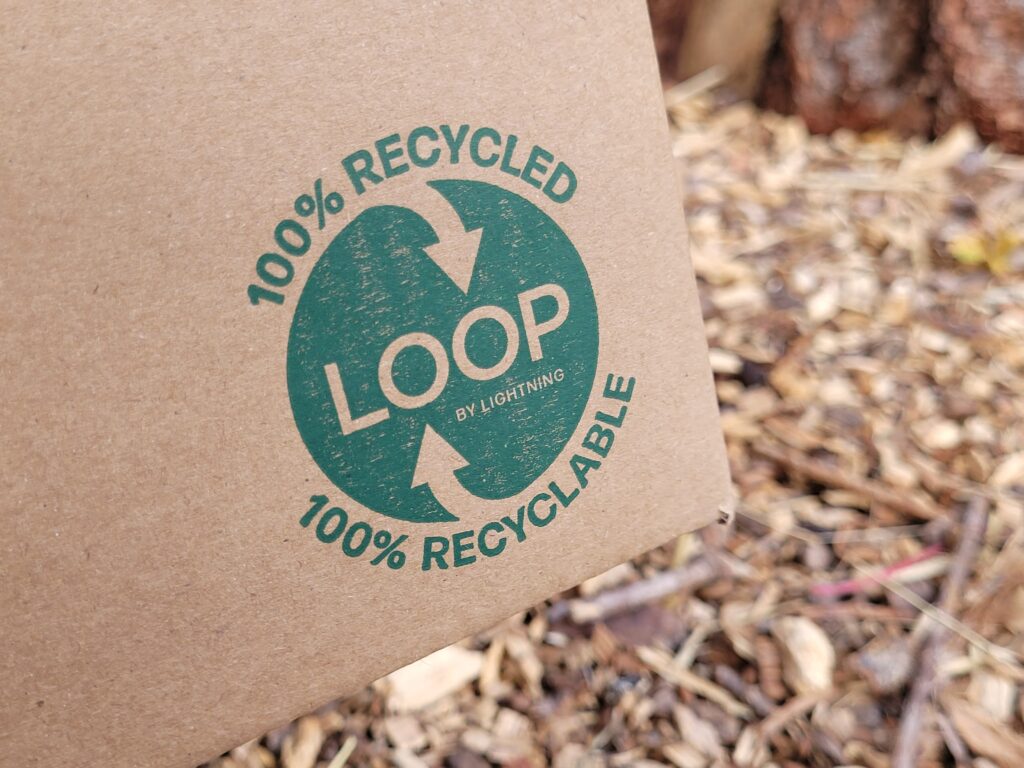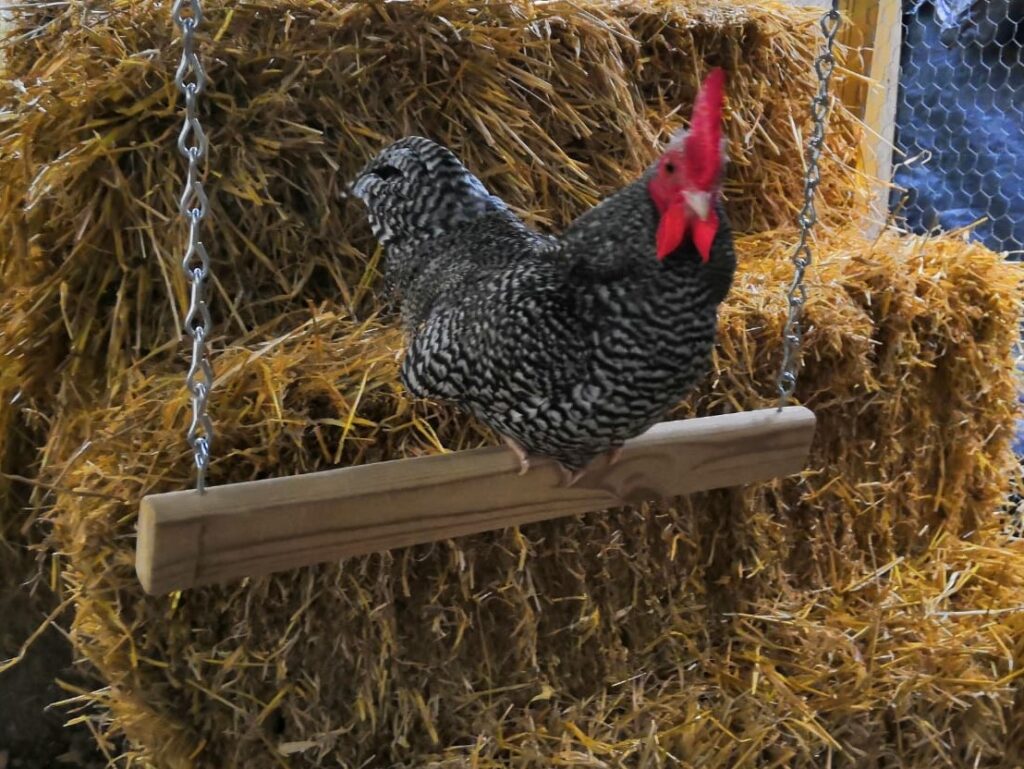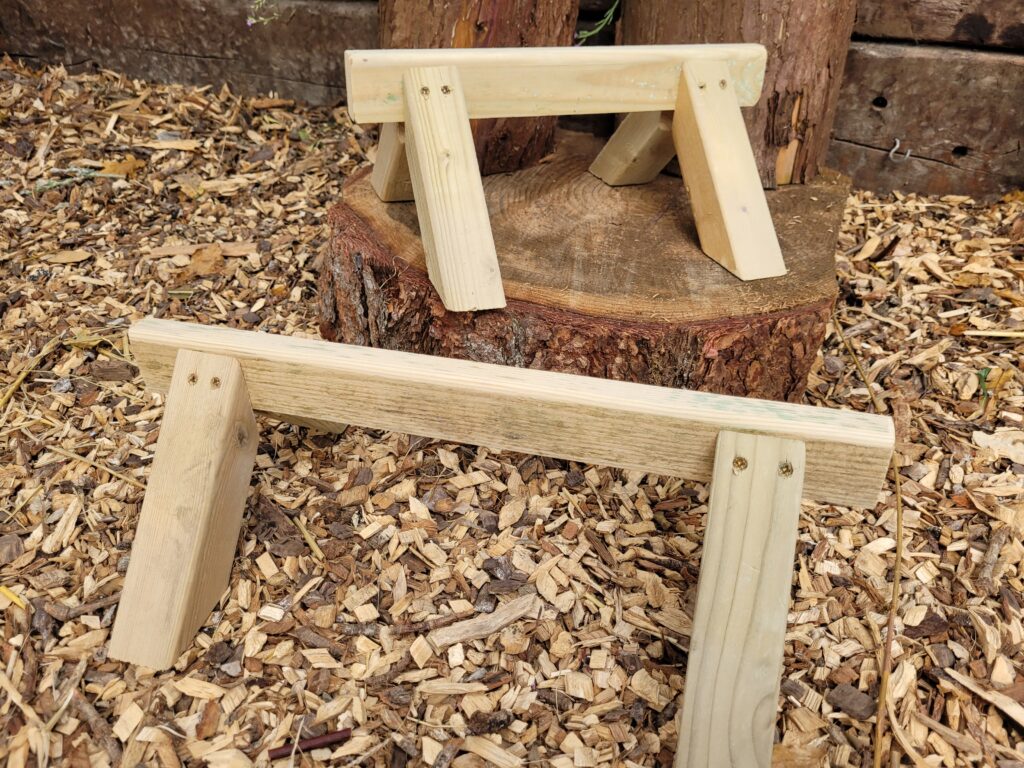Description
The active ingredient in these bait blocks is lower in toxicity to other actives and rodents will need to feed multiple times to hit a lethal dose.
Each pouch contains 10 x 30g wrapped blocks, enough for 3 x rat baits points.
Medium to high infestations require a number of bait points. Bait refills may be required to replenish any bait taken. Once bait-take has stopped, the infestation has been controlled, so bait must be withdrawn from the bait stations and disposed of correctly. Always read the label.
Bait stations available separately.
Legislation:
Preventative measures for rodent control are essential, being able to act early, knowing how to prevent and control a rodent infestation is key. New laws came into effect in April 2016, restricting certain rodenticides to professional certified users only. This has meant a change to the products available for ‘garden farmers’ to purchase. Pack sizes of baits are now limited to 1.5kg, however, we can still offer a range of products from bait stations, pastes, blocks and traps. With a controlled approach these pack sizes should be enough to keep rodents under control, and if they are not successful a professional pest controller should be consulted.
Rat facts:
10 rats produce 146,000 droppings and 54 litres of urine per year
50% of fires on farms are caused by rats
Rats are sexually active at just 2-3months old, they have 5 litters per year with 7-8 young per litter!
Act responsibly:
In line with the CRRU (Campaign for Responsible Rodenticide Use) scheme, all rodent control should be carried out to the following steps:
Always have a planned approach
Always record quantity of bait used and where its placed
Always use enough baiting points
Always collect and dispose of rodent bodies
Never leave bait exposed to non-target animals and birds
Never fail to inspect bait regularly
Never leave bait down at the end of the treatment









